44 food labels what to look for
Food Labels and What to Look For - Food Finders Food Bank Be sure to look for the vitamin and mineral contents on the food label. Try to buy foods high in dietary fiber, vitamin D, calcium, and potassium to support overall health. Remember to look at the percent daily value for these nutrients. Additional Nutrients One of the last things to look at on the food label is carbohydrates, protein, and fat. Everything you never knew about food labels Food labeled as organic has to have at least 95% of organic ingredients both in the US and the UK, however, something labeled as 'made with organic ingredients' can contain up to 30% non-organic ...
7 Hidden Messages In Packaged Food Labels - Eat This Not That So check what the first few ingredients are to know what that item is really made of. 5 Look for high-fructose corn syrup. Shutterstock If there's one ingredient to avoid, it's high-fructose corn syrup. "I say try to stay away from high fructose corn syrup in any and all products," says Michalczyk.
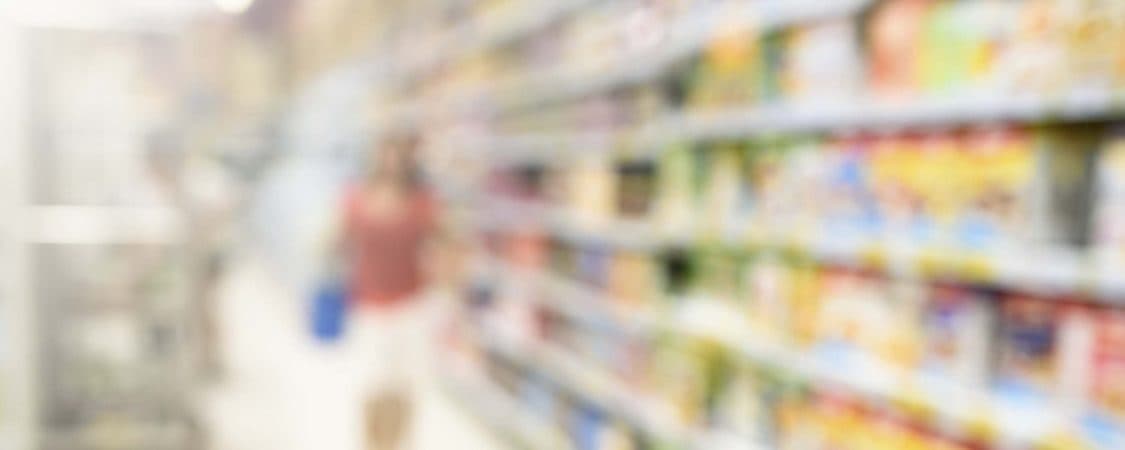
Food labels what to look for
5 Things You Should Always Look for on a Food Label The data on the back top of a food label includes information about calories and the breakdown of the nutritional content of a product. Under the nutritional information, you'll find the total calories per serving and the breakdown of the percentage of each macronutrient, carbohydrates, protein, and fat. Food Labels: Fat & Cholesterol | Home & Garden Information Center Food labels contain clues to a food's fat and cholesterol content, including the amount per serving. Compare similar foods and select the one with the smallest amounts of fat and cholesterol. Two important parts of a food label are the "Nutrition Facts" panel, which contains nutrition information, and the ingredients list. Food Labels | CDC If you eat the whole thing, you are eating 8 times the amount of calories, carbs, fat, etc., shown on the label. Total Carbohydrate shows you types of carbs in the food, including sugar and fiber. Choose foods with more fiber, vitamins, and minerals. Choose foods with lower calories, saturated fat, sodium, and added sugars. Avoid trans fat.
Food labels what to look for. 5 tips for decoding food labels - Harvard Health Here are 5 ways to make food labels work for you: Size matters. Serving size is always the first item on the label. All other information is based on that serving size. The servings per container tell you know how many portions are in the whole box, package, or can. Beware: many packages contain more than one serving. Reading food labels: Tips if you have diabetes - Mayo Clinic Look for foods with 3 or more grams of fiber. Put sugar-free products in their place Sugar-free doesn't mean carbohydrate-free. Sugar-free foods may play a role in your diabetes diet, but remember that it's equally important to consider carbohydrates as well. A sugar-free label means that one serving has less than 0.5 grams of sugar. What To Look For On Nutrition Labels & Why It Matters For comparison sake, we'll look at some of the major components and move through this label. Your protein powder should reflect all your goals so don't settle for an average product. We will be looking at Transparent Labs 100% Grass-Fed Whey Protein Isolate (left) and National Bodybuilding Co. Full Prep Vegan Protein (right). How to Understand and Use the Nutrition Facts Label | FDA When looking at the Nutrition Facts label, first take a look at the number of servings in the package (servings per container) and the serving size. Serving sizes are standardized to make it easier...
How to Read a Dog Food Label - American Kennel Club All pet food labels follow roughly the same format: Product and brand name or unique identifier. Quantity in terms of product weight, liquid measure, or count, depending on the formulation of the... The Secrets to Decoding Food Labels for Dairy-Free Living Their food labels look quite similar to what you find in the U.S. The European Community has also adopted regulations on the disclosure of top food allergens for pre-packed foods. On their food labels, ingredients derived from milk must be adequately identified (along with 13 other top food allergy and sensitivity offenders) in all cases, with ... Understanding Food Nutrition Labels | American Heart Association Learn what to look for on the label. 1 - Start with the serving information at the top. This will tell you the size of a single serving and the total number of servings per container (package). 2 - Next, check total calories per serving and container. How to Read Food Labels for a Heart-Healthy Diet See how well you can decode a food label: Question 1 of 5 What's the most important number on a food label? Calories Total fat Servings per container Sodium What is the percent daily value based on? The average American's diet A 2,000-calorie-a-day diet The ideal diet to aim for What's another name for trans fats? Partially hydrogenated oil
Understanding Food Labels | The Nutrition Source | Harvard T.H. Chan ... Understanding Food Labels. The information on food labels is intended to help consumers become savvy about their food choices. The front, back, and sides of a package are filled with information to inform us what the food contains and to provide guidance in making healthier selections of processed foods. However, all the numbers, percentages ... Food Labels: What to look for - Mayo Clinic Connect Food Labels: What to look for. The Food Allergen Labeling and Consumer Protection Act (FALCPA) requires that food manufacturers identify common allergens in plain English. These common allergens, which represent about 90% of all food allergies, include milk, eggs, fish, shellfish, tree nuts, peanuts, wheat, and soy. How to Identify Gluten on Food Labels - Verywell Health People who need to avoid gluten usually know to check food labels for "wheat." You may need to read labels more carefully, though, to find other ingredients that contain gluten. Check for grains that are forms of wheat or which are made from wheat such as malt and farina. Also look for colorings, flavorings, or other additives. Eggs Explained: What to Look for on Egg Labels The shell of the egg. Local eggs typically have a denser shell due to the hens' diet. The color of the yolk. Local eggs have dark orange yolks. Store-bought eggs have light yellow yolks. The consistency and fluffiness of the eggs. Yolk from local eggs is often thicker, creamier and when scrambled, much fluffier.
How To Read Food and Beverage Labels | National Institute on Aging There are three types of product dates commonly printed on packaged foods and beverages: "Sell by" tells how long the manufacturer suggests that a store should sell items such as meat, poultry, eggs, or milk products. Make sure you buy by this date. "Use by" tells how long items will be at peak quality.
How to Read Food Labels Without Being Tricked - Healthline A good rule of thumb is to scan the first three ingredients, as they make up the largest part of what you're eating. If the first ingredients include refined grains, a type of sugar, or...
What Do Food Labels Mean? - FoodPrint They guarantee that the food was produced in a way that can help you lower your " foodprint " — i.e. without pesticides, say, or genetically engineered ingredients. So whether you are concerned about animal welfare, environmental sustainability or fair wages for workers (or all three!), there are labels to help.
What to Look for When Reading Food Labels | Quaker Oats Many people, however, don't know how to properly interpret the information contained in food labeling. Many food labels are also misleading or confusing, trying to hide less healthy ingredients and additives, for example. Note: To read the information about each section of the food label, place your mouse over the section you wish to read about.
How to understand food labels - Eat For Health The Nutrition Information Panel on a food label offers the simplest and easiest way to choose foods with less saturated fat, salt (sodium), added sugars and kilojoules, and more fibre. It can also be used to decide how large one serve of a food group choice or discretionary food would be and whether it's worth the kilojoules.
Food Labels | Nutrition.gov What's New with the Nutrition Facts Label. HHS, Food and Drug Administration. The U.S. Food and Drug Administration (FDA) has updated the Nutrition Facts label on packaged foods and beverages with a fresh design that will make it easier for you to make informed food choices that contribute to lifelong healthy eating habits. What's in a Name?
Food labels: what to look for | Eat For Health In this section. Tips for eating well. Healthy eating throughout all of life. How to understand food labels. Food labels: what to look for. Healthy Recipes. Food Safety.
Food label reading guide | Nutrition Australia Food and drink labels will include information about the product, where and when it was made and a statement of ingredients, as well as any warnings or allergen statements. Most food or drink packages have a Nutrition Information Panel (NIP) which tells you the quantity of various nutrients a product contains per serve and per 100g or 100 ml.
Reading Food Labels | ADA - American Diabetes Association The Nutrition Facts labels on foods are really the key to making the best choices. We'll cover the basics so that these labels make shopping easier for you. Get started Understanding Carbs You've heard it all. From carb-free to low-carb, to whole and empty carbs, it's hard to know what it all means. Learn more Food & Blood Sugar
Food Labels | CDC If you eat the whole thing, you are eating 8 times the amount of calories, carbs, fat, etc., shown on the label. Total Carbohydrate shows you types of carbs in the food, including sugar and fiber. Choose foods with more fiber, vitamins, and minerals. Choose foods with lower calories, saturated fat, sodium, and added sugars. Avoid trans fat.
Food Labels: Fat & Cholesterol | Home & Garden Information Center Food labels contain clues to a food's fat and cholesterol content, including the amount per serving. Compare similar foods and select the one with the smallest amounts of fat and cholesterol. Two important parts of a food label are the "Nutrition Facts" panel, which contains nutrition information, and the ingredients list.
5 Things You Should Always Look for on a Food Label The data on the back top of a food label includes information about calories and the breakdown of the nutritional content of a product. Under the nutritional information, you'll find the total calories per serving and the breakdown of the percentage of each macronutrient, carbohydrates, protein, and fat.
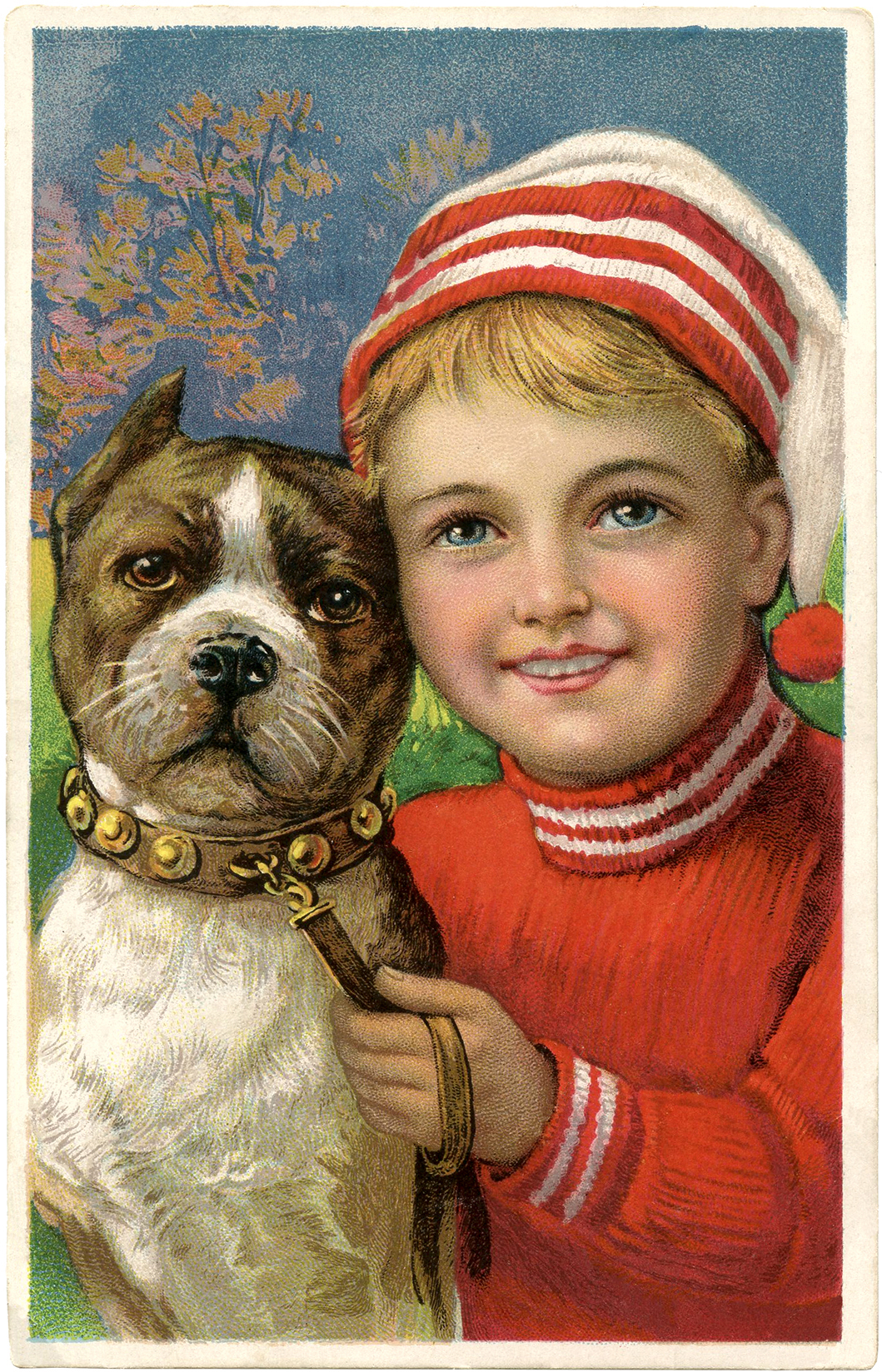
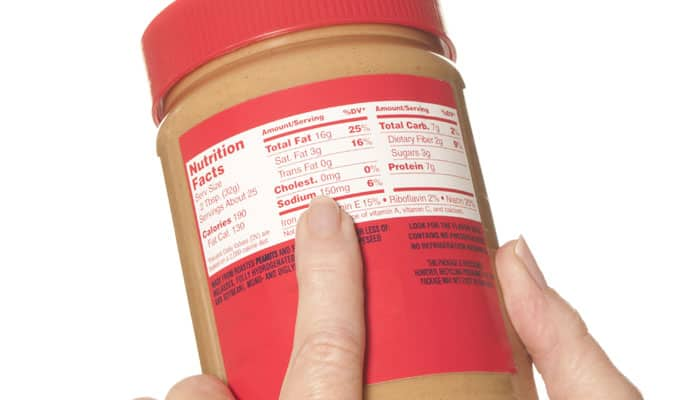
/https://www.thedailymeal.com/sites/default/files/story/2017/shutterstock_552961936.jpg)




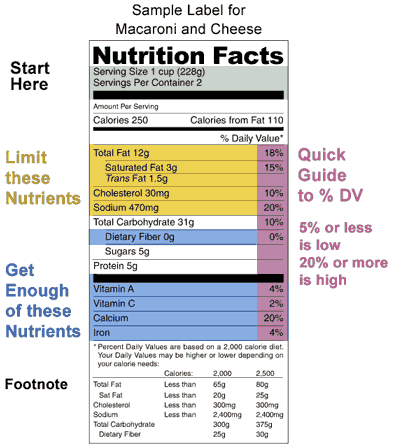


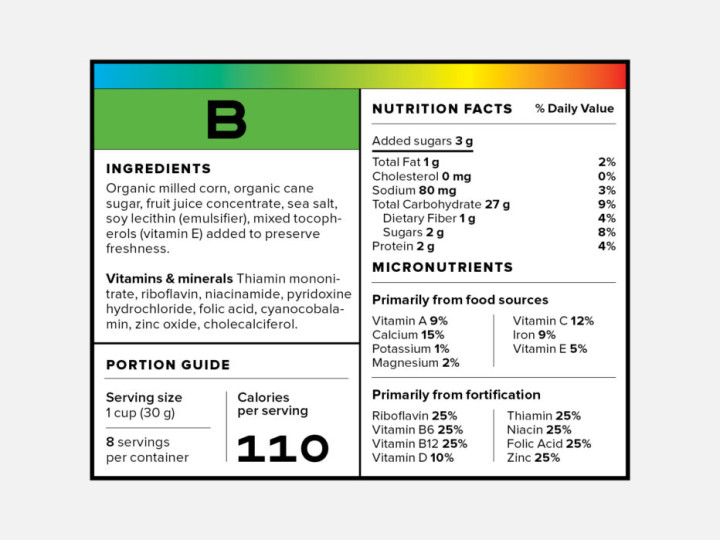

/arc-anglerfish-tgam-prod-tgam.s3.amazonaws.com/public/UPYYQJMQERBQJHNK5OZYDTC7MI)

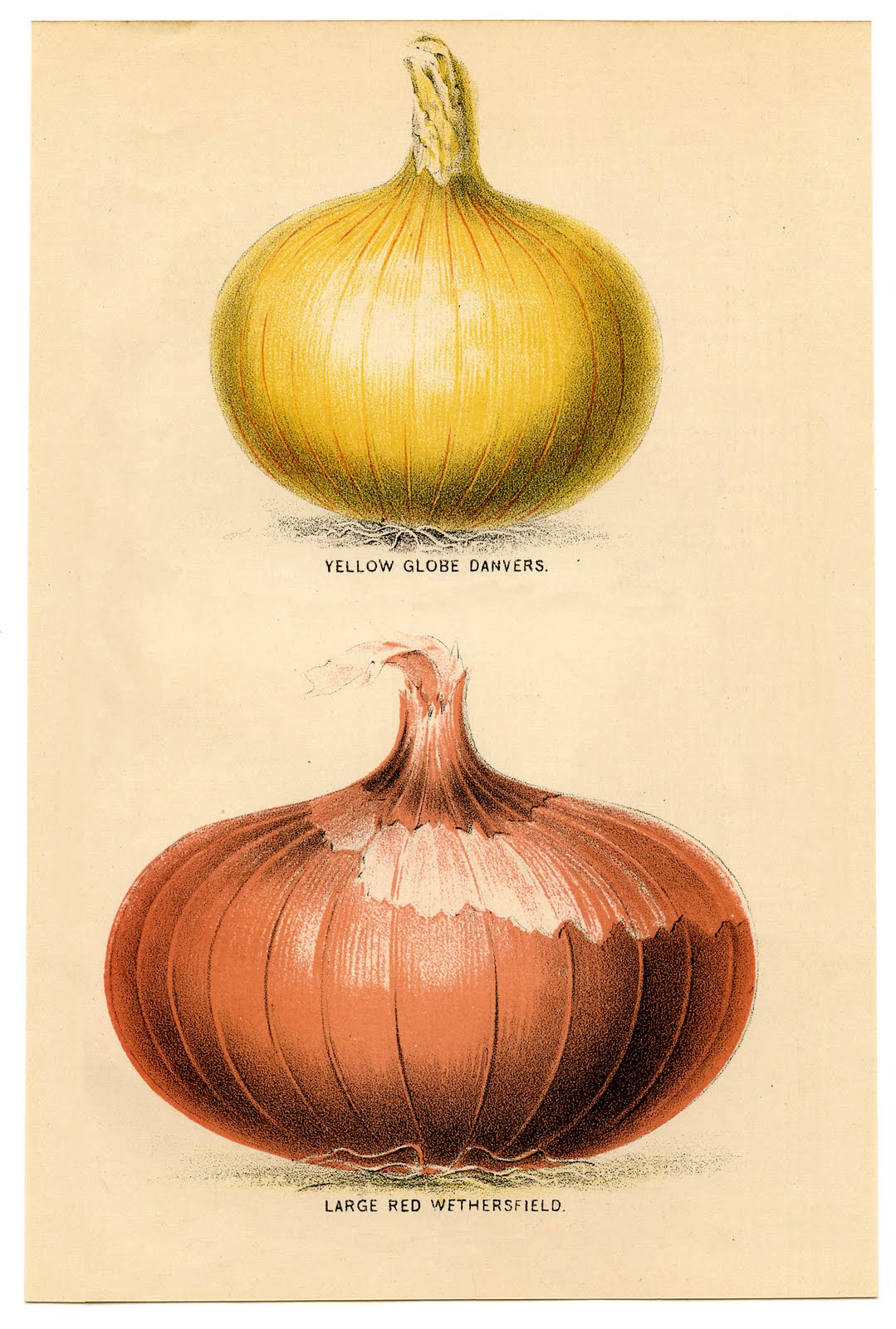

Post a Comment for "44 food labels what to look for"